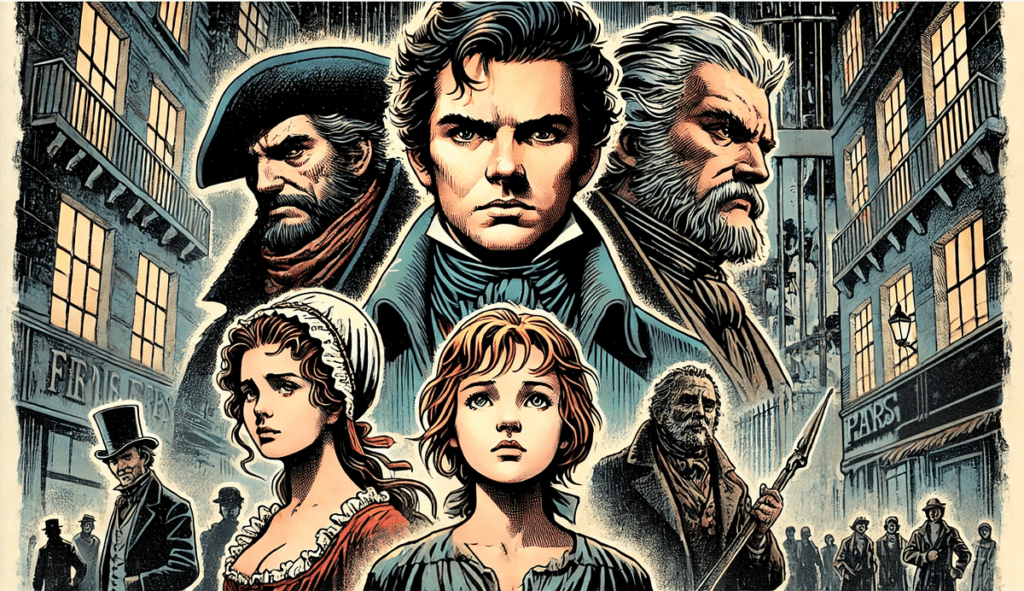Build a Marimo Notebook: Uncovering the Wonders of Victor Hugo with NetworkX
Exploring the Magic of Les Misérables through Data Science
Hey there, fellow literature and data enthusiasts! Today, we’re diving deep into the timeless classic, Les Misérables, using the power of data science. We’re going to build an interactive Marimo notebook powered by the NetworkX Python library, allowing us to unravel the hidden social structures within Victor Hugo’s narrative. Buckle up; it’s going to be a thrilling ride!
Why Les Misérables?
Les Misérables isn’t just a story—it’s a poignant exploration of love, sacrifice, and justice set against the vibrant backdrop of 19th-century France. From the steadfast Jean Valjean to the relentless Inspector Javert, every character weaves into a rich tapestry that reflects societal conflicts and heartfelt struggles.
By utilizing social network analysis (SNA), we can visually and interactively examine how these characters connect and influence one another, revealing deeper themes that might just surprise you. Isn’t it incredible that data science can provide a fresh perspective on a literary masterpiece?
Setting Up Our Marimo Notebook
-
Install NetworkX: First things first, if you haven’t already, you’ll need to install the NetworkX library. Just run:
pip install networkx -
Load the Data: We’re going to work with the Les Misérables social network dataset. Don’t worry if you’re not familiar with it—we’ll guide you through it and provide some fun insights!
- Analyze Character Connections: With the data in hand, we will plot the characters as nodes and their interactions as edges. This visual representation will allow us to identify major players and pivotal moments in the story.
Uncovering the Connections
Imagine taking a stroll through a bustling square in Paris—each character represents a unique personality within that vibrant human tapestry. Each connection—their shared experiences and conflicts—offers a glimpse into the greater narrative of the story. Through this analysis, we can pinpoint:
- Central Characters: Who holds the most influence in crucial events?
- Subplots: How do side characters play into the main narrative arc?
- Themes of Justice vs. Redemption: What do these interactions reveal about Hugo’s underlying messages?
Real-Life Implications
Consider Sarah, a teacher in Paris, who uses similar techniques to engage her students with classic literature. By showing them how to map character interactions, she helps her students connect more deeply with the material, making lessons more dynamic and interactive. If Sarah can bring insights from data into the classroom, think of what you can achieve using these same techniques in your own explorations!
Call to Action
As we explore this fusion of literature and technology, I encourage you to check out Les Misérables again, perhaps even with a notebook by your side. Dive into data, connect dots between characters, and rediscover the themes that have touched countless hearts over the years.
In conclusion, the intersection of literature and data science offers endless possibilities for enriching our understanding of complex narratives like Les Misérables. The more we harness these tools, the more profound our insights become.
The AI Buzz Hub team is excited to see where these breakthroughs take us. Want to stay in the loop on all things AI? Subscribe to our newsletter or share this article with your fellow enthusiasts.




